Toronto, the city where the CN Tower pierces the clouds and the streets hum with the sounds of over 200 languages, is often hailed as a global powerhouse. But is it truly the third-largest city in North America? This question isn’t just a matter of bragging rights—it’s a window into the complexities of urban growth, population metrics, and the ever-shifting dynamics of city rankings. Urban theorists like Jane Jacobs have long debated what makes a city "large," while economists like Richard Florida have analyzed how cities like Toronto compete on the global stage. Even Edward Glaeser, the Harvard professor known for his work on urban economics, has weighed in on the factors that define a city’s size and influence. So, let’s roll up our sleeves and dig into the data, the debates, and the drama surrounding Toronto’s place in the North American urban hierarchy.
Defining "Largest City": Population vs. Urban Area
When we talk about a city’s size, the first thing that comes to mind is population. Toronto, with its 2.9 million residents within city limits and a whopping 6.4 million in the Greater Toronto Area (GTA), is undeniably massive. But here’s the catch: size isn’t just about how many people live within a set of borders. It’s also about how those borders are defined. For example, Chicago has a smaller metropolitan population than Toronto but a larger city proper population. Confused yet? You’re not alone.
Population Metrics
Toronto’s population is a key factor in its ranking. The city has seen steady growth, thanks in part to Canada’s immigration policies, which have made it a magnet for newcomers. But when you compare it to cities like Houston, which has a similar metropolitan population, the picture gets murky. Houston’s city proper is larger, but its urban sprawl is legendary. So, is Toronto bigger? It depends on how you measure it.
Urban Area vs. Metropolitan Area
The definition of a city’s size can vary wildly depending on whether you’re looking at the city proper, the urban area, or the metropolitan area. Toronto’s GTA includes surrounding municipalities like Mississauga and Brampton, which inflates its numbers but may not reflect its core urban density. In contrast, cities like New York have a more concentrated urban core, making them feel larger even if the numbers don’t always show it.
Global Comparisons
When you zoom out to a global perspective, Toronto’s population is smaller than megacities like Shanghai or Mumbai. But its growth rate and immigration trends suggest it could climb the ranks in the future. The question is, will it ever catch up to the likes of New York or Los Angeles? Only time—and a lot of data—will tell.
Economic Influence: GDP and Business Hubs
Toronto isn’t just a city; it’s an economic powerhouse. As Canada’s financial capital, it’s home to the Toronto Stock Exchange, the third-largest stock exchange in North America by market capitalization. This bustling hub attracts businesses, investors, and entrepreneurs from around the globe. But how does Toronto stack up against other major cities in terms of economic clout? Let’s break it down.
Toronto’s Economic Power
With a GDP of over $400 billion, Toronto is a heavyweight in North America’s economy. It’s the heart of Canada’s financial sector, hosting the headquarters of major banks like RBC and TD Bank. The city is also a magnet for tech giants, with companies like Google and Shopify setting up shop here. Toronto’s economy is diverse, spanning finance, technology, healthcare, and manufacturing, making it a resilient and dynamic player on the global stage.
Comparison to Other Cities
When pitted against cities like Chicago and Houston, Toronto holds its own. Chicago, known for its robust financial and manufacturing sectors, has a GDP of around $700 billion, while Houston, fueled by its energy industry, boasts a GDP of approximately $500 billion. Toronto’s economy may be smaller in absolute terms, but its growth rate and diversification make it a formidable competitor. Plus, let’s not forget—Toronto doesn’t have to deal with Houston’s humidity or Chicago’s polar vortex. Small wins, right?
Future Growth Potential
Toronto’s future looks bright, thanks to its thriving tech sector and steady influx of skilled immigrants. The city is often referred to as the “Silicon Valley of the North,” with a booming startup scene and a growing number of tech jobs. Initiatives like the MaRS Discovery District are fostering innovation, while the city’s universities, such as the University of Toronto, are churning out top talent. However, competition from cities like Austin and Seattle means Toronto can’t rest on its laurels. The race for economic dominance is far from over.
Urban Development and Infrastructure
Toronto’s skyline is a testament to its growth, with iconic structures like the CN Tower dominating the view. But as the city expands, so do its challenges. From traffic jams to housing shortages, Toronto’s infrastructure is under pressure. Let’s take a closer look at how the city is managing its urban development.
Toronto’s Skyline and Density
Toronto’s skyline is a mix of old and new, with historic buildings standing alongside modern skyscrapers. The city’s downtown core is one of the densest in North America, with over 30,000 people per square kilometer. This density fuels economic activity but also strains resources. Housing prices have skyrocketed, making it one of the most expensive cities to live in. And let’s not even get started on the traffic—unless you enjoy spending hours in gridlock, in which case, Toronto’s got you covered.
Public Transit and Accessibility
The Toronto Transit Commission (TTC) is one of the largest transit systems in North America, but it’s struggling to keep up with demand. Subway delays, overcrowded buses, and aging infrastructure are common complaints. The city is investing in new projects like the Eglinton Crosstown LRT to improve connectivity, but progress is slow. In the meantime, Torontonians are finding creative ways to get around—biking, walking, or just resigning themselves to the daily commute.
Green Spaces and Livability
Despite its urban sprawl, Toronto is surprisingly green. The city is home to over 1,500 parks, including the sprawling High Park and the scenic Toronto Islands. These green spaces provide a much-needed escape from the hustle and bustle, contributing to the city’s high livability rankings. However, as Toronto continues to grow, preserving these areas will be a challenge. After all, even the most dedicated urbanite needs a patch of grass to lie on every now and then.
Cultural and Social Impact
Toronto’s cultural and social fabric is as diverse as its skyline is tall. With over half of its population born outside Canada, the city is a melting pot of cultures, languages, and traditions. This diversity isn’t just a statistic—it’s the heartbeat of Toronto, shaping everything from its food scene to its festivals. But what does this mean for its ranking as a major North American city? Let’s dive in.
Diversity and Multiculturalism
Toronto is often called the most multicultural city in the world, and for good reason. Over 200 ethnic groups call it home, and more than 140 languages are spoken here. This cultural richness is celebrated in neighborhoods like Chinatown, Little Italy, and Kensington Market, where you can experience the world without leaving the city. The annual Caribbean Carnival and Taste of the Danforth festival are just two examples of how Toronto embraces its diversity. This multiculturalism isn’t just a feel-good story—it’s a competitive advantage, attracting talent and investment from around the globe.
Arts, Entertainment, and Sports
Toronto is a cultural powerhouse, home to world-class institutions like the Art Gallery of Ontario and the Toronto International Film Festival (TIFF), one of the largest film festivals in the world. The city’s music scene is equally vibrant, with venues like the Massey Hall hosting legendary performances. And let’s not forget sports—the Toronto Raptors brought the city its first NBA championship in 2019, uniting fans across the country. These cultural and sporting achievements not only boost Toronto’s global reputation but also contribute to its economic vitality.
Education and Innovation
Toronto is a hub for education and innovation, thanks in part to institutions like the University of Toronto, consistently ranked among the world’s top universities. The city’s tech sector is booming, earning it the nickname “Silicon Valley North.” Companies like Shopify and Wealthsimple have put Toronto on the global tech map, attracting talent and investment. This focus on education and innovation ensures that Toronto remains a leader in the knowledge economy, setting it apart from other North American cities.
Challenges and Controversies
While Toronto shines in many areas, it’s not without its challenges. From skyrocketing housing prices to environmental concerns, the city faces issues that could impact its ranking and livability. Let’s explore these challenges and what they mean for Toronto’s future.
Housing Affordability
Toronto’s housing market is one of the most expensive in North America, with average home prices exceeding $1 million. This has led to a growing affordability crisis, pushing many residents to the outskirts of the city or even out of the region entirely. The problem is multifaceted, driven by factors like population growth, limited supply, and speculative investment. While initiatives like the Toronto Affordable Housing Strategy aim to address the issue, more needs to be done to ensure that the city remains accessible to all.
Environmental Concerns
Urban sprawl and pollution are growing concerns in Toronto. The city’s rapid expansion has led to the loss of green spaces and increased carbon emissions. While initiatives like the Live Green Toronto program promote sustainability, the city still faces challenges in balancing growth with environmental stewardship. Climate change poses additional risks, from extreme weather events to rising temperatures, requiring innovative solutions to ensure a sustainable future.
Political and Social Issues
Like any major city, Toronto grapples with political and social challenges. Issues like income inequality, homelessness, and racial tensions have sparked debates and protests, highlighting the need for inclusive policies and social programs. The city’s governance structure, which includes a mayor and city council, has also faced criticism for inefficiency and lack of transparency. Addressing these issues is crucial for maintaining Toronto’s reputation as a livable and equitable city.
AI Solutions: How Could AI Help?
Artificial Intelligence (AI) is no longer just a buzzword—it’s a transformative force that could redefine how we measure, manage, and improve cities like Toronto. By leveraging AI, we can address some of the most pressing urban challenges while enhancing Toronto’s position as a leading global city. Here’s how AI could revolutionize Toronto’s ranking and urban development.
Data-Driven City Rankings
Traditional city rankings often rely on limited datasets and subjective criteria. AI, however, can analyze vast amounts of data from diverse sources—population density, economic activity, livability metrics, and even social media sentiment—to create more accurate and comprehensive rankings. For instance, platforms like IBM Watson can process complex datasets to provide insights that go beyond surface-level comparisons. This could help Toronto identify its strengths and weaknesses more precisely, allowing for targeted improvements.
Predictive Analytics for Urban Growth
AI’s predictive capabilities can be a game-changer for urban planning. By analyzing historical data and current trends, AI models can forecast Toronto’s future growth with remarkable accuracy. Tools like Palantir can help policymakers anticipate population surges, housing demands, and infrastructure needs. For example, AI could predict the impact of immigration trends on Toronto’s housing market, enabling proactive measures to prevent affordability crises.
Smart City Initiatives
AI-powered smart city technologies can tackle some of Toronto’s most persistent challenges. From reducing traffic congestion to improving air quality, AI can make the city more livable and sustainable. For instance, Sidewalk Labs has pioneered AI-driven solutions for urban mobility and energy efficiency. Implementing similar technologies in Toronto could optimize public transit routes, reduce energy consumption, and even enhance public safety through predictive policing.
Action Schedule/Roadmap
To harness AI’s potential, Toronto needs a clear, actionable roadmap. Here’s a detailed plan to transform the city into a model of AI-driven urban innovation:
- Day 1: Assemble a multidisciplinary team of urban planners, data scientists, AI experts, and policymakers. Partner with institutions like the University of Toronto and tech companies like Google to ensure access to cutting-edge expertise.
- Day 2: Begin comprehensive data collection on Toronto’s population, economy, infrastructure, and environmental metrics. Utilize open data platforms like Toronto Open Data and integrate IoT sensors across the city.
- Week 1: Develop AI models for analyzing city rankings and predicting urban growth. Use machine learning frameworks like TensorFlow to build scalable solutions.
- Week 2: Identify key challenges—such as housing affordability and traffic congestion—and opportunities for AI intervention. Conduct workshops with stakeholders to prioritize initiatives.
- Month 1: Launch pilot projects for AI-powered smart city initiatives. For example, deploy AI-driven traffic management systems in high-congestion areas and test predictive housing models in underserved neighborhoods.
- Month 2: Evaluate pilot results and refine AI models based on real-world data. Use feedback from residents and stakeholders to improve solutions.
- Year 1: Implement large-scale smart city solutions across Toronto. Roll out AI-optimized public transit routes, energy-efficient buildings, and predictive maintenance for infrastructure.
- Year 1.5: Monitor progress and make adjustments as needed. Establish a continuous feedback loop to ensure AI solutions remain effective and responsive to the city’s evolving needs.
- Year 2: Publish findings and establish Toronto as a global leader in AI-driven urban innovation. Share best practices with other cities and collaborate on international smart city initiatives.
Toronto’s Future: A City Transformed by AI
Toronto’s journey to becoming the third-largest city in North America is not just about population or economic metrics—it’s about innovation, adaptability, and vision. By embracing AI, Toronto can address its challenges head-on while unlocking new opportunities for growth and development. Imagine a city where traffic flows seamlessly, housing is affordable, and the air is clean—all powered by intelligent systems that learn and adapt in real-time.
But the true potential of AI lies in its ability to empower people. From improving public services to fostering economic opportunities, AI can enhance the quality of life for all Torontonians. It’s not just about building a smarter city; it’s about creating a city that works for everyone.
As Toronto continues to grow, the integration of AI will be crucial in shaping its future. By leveraging data, technology, and human ingenuity, Toronto can solidify its place among the world’s leading cities. The question is not whether Toronto can become the third-largest city—it’s how it will use its resources and innovation to set a new standard for urban excellence.
What role do you think AI should play in Toronto’s future? How can we ensure that technology benefits everyone, not just a select few? Share your thoughts in the comments below and join the conversation about the future of our city.
FAQ
Q1: Is Toronto larger than Chicago?
A: It depends on how you measure it. Toronto’s metropolitan area, which includes the Greater Toronto Area (GTA), has a population of about 6.4 million, making it larger than Chicago’s metropolitan area. However, the city proper of Toronto has around 2.9 million residents, which is smaller than Chicago’s city population. For more details, check out the City of Toronto’s official website.
Q2: What makes Toronto unique among North American cities?
A: Toronto stands out for its incredible diversity, with over half of its population born outside Canada. It’s also a major economic hub, home to the Toronto Stock Exchange and companies like RBC and TD Bank. Plus, its arts and culture scene is world-class, with events like the Toronto International Film Festival and sports teams like the Toronto Raptors.
Q3: How can AI improve Toronto’s ranking?
A: AI can help Toronto in several ways. For example, it can analyze data to create more accurate city rankings, predict future growth, and power smart city initiatives. These technologies can tackle issues like traffic congestion, housing shortages, and pollution, making Toronto a better place to live and boosting its global standing.
Q4: What are the biggest challenges facing Toronto?
A: Toronto faces several challenges, including:
- Housing affordability: The cost of living in Toronto is high, and many people struggle to find affordable homes.
- Traffic congestion: The city’s roads and public transit systems are often overcrowded.
- Environmental sustainability: Urban sprawl and pollution are growing concerns that need innovative solutions.
For more insights, visit the City of Toronto’s planning and development page.
Q5: Will Toronto continue to grow?
A: Yes, Toronto is expected to keep growing. Its strong economy, thriving tech sector, and high levels of immigration make it a magnet for people from around the world. According to Statistics Canada, the GTA is projected to add millions more residents in the coming decades.
Q6: How does Toronto compare to other global cities?
A: While Toronto is smaller than global giants like New York City and Los Angeles, it holds its own in terms of diversity, economic power, and quality of life. It’s often ranked as one of the most livable cities in the world by organizations like the Economist Intelligence Unit.
Q7: What role does the University of Toronto play in the city’s growth?
A: The University of Toronto is a major driver of innovation and talent in the city. It’s one of the top universities in the world, attracting students and researchers from across the globe. Its contributions to fields like technology, medicine, and business help fuel Toronto’s economy and reputation.
Q8: How does Toronto’s public transit system compare to other cities?
A: The Toronto Transit Commission (TTC) is one of the largest transit systems in North America, but it faces challenges like overcrowding and delays. While it’s a vital part of the city’s infrastructure, improvements are needed to keep up with Toronto’s growth. For comparison, cities like New York and Vancouver have their own unique transit systems and challenges.
Q9: What are some must-visit places in Toronto?
A: Toronto is packed with iconic spots, including:
- CN Tower: One of the tallest freestanding structures in the world.
- Royal Ontario Museum: A world-class museum with fascinating exhibits.
- Toronto Zoo: Home to thousands of animals from around the globe.
- Harbourfront Centre: A vibrant cultural hub by Lake Ontario.
Q10: How can I stay updated on Toronto news and events?
A: For the latest updates, visit Toronto News on iNthacity, your go-to source for local headlines, helpful links, and community events.
Wait! There's more...check out our gripping short story that continues the journey: Urban Legends
Disclaimer: This article may contain affiliate links. If you click on these links and make a purchase, we may receive a commission at no additional cost to you. Our recommendations and reviews are always independent and objective, aiming to provide you with the best information and resources.
Get Exclusive Stories, Photos, Art & Offers - Subscribe Today!
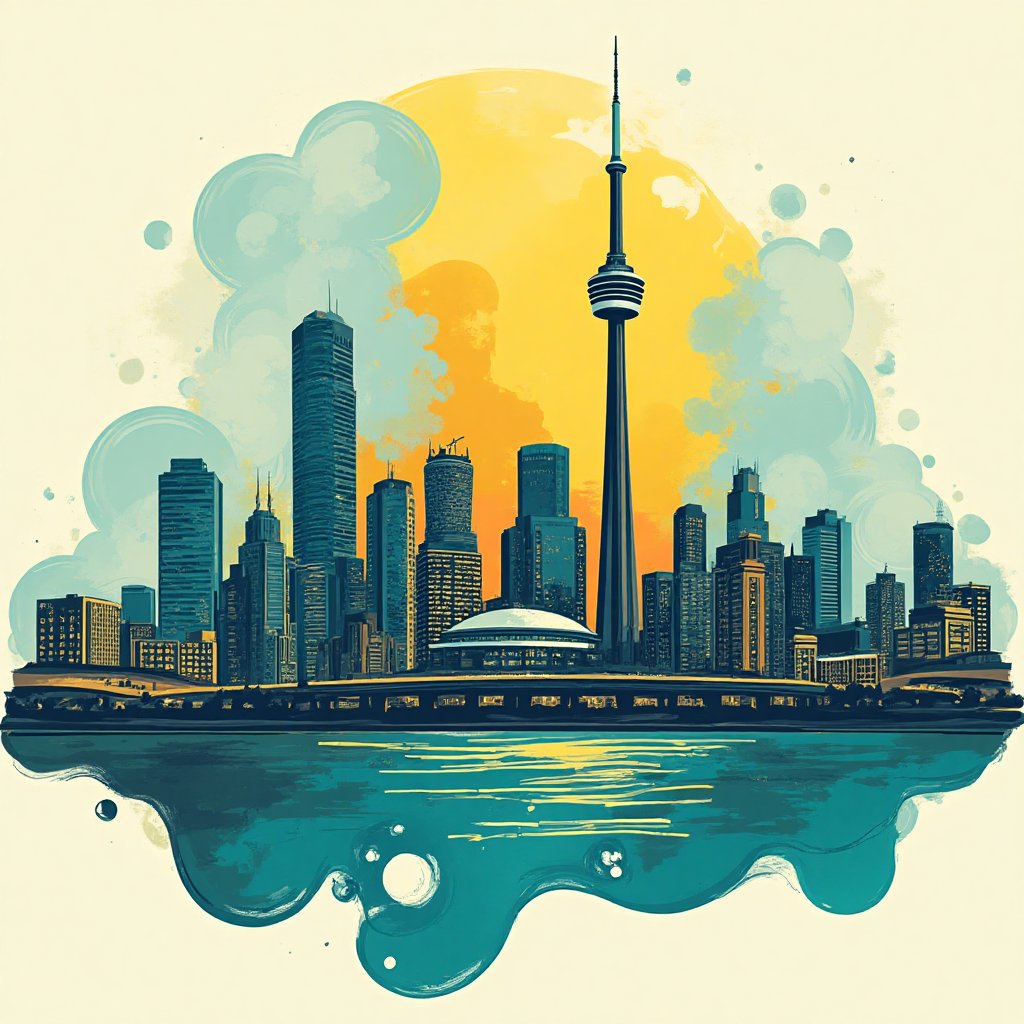
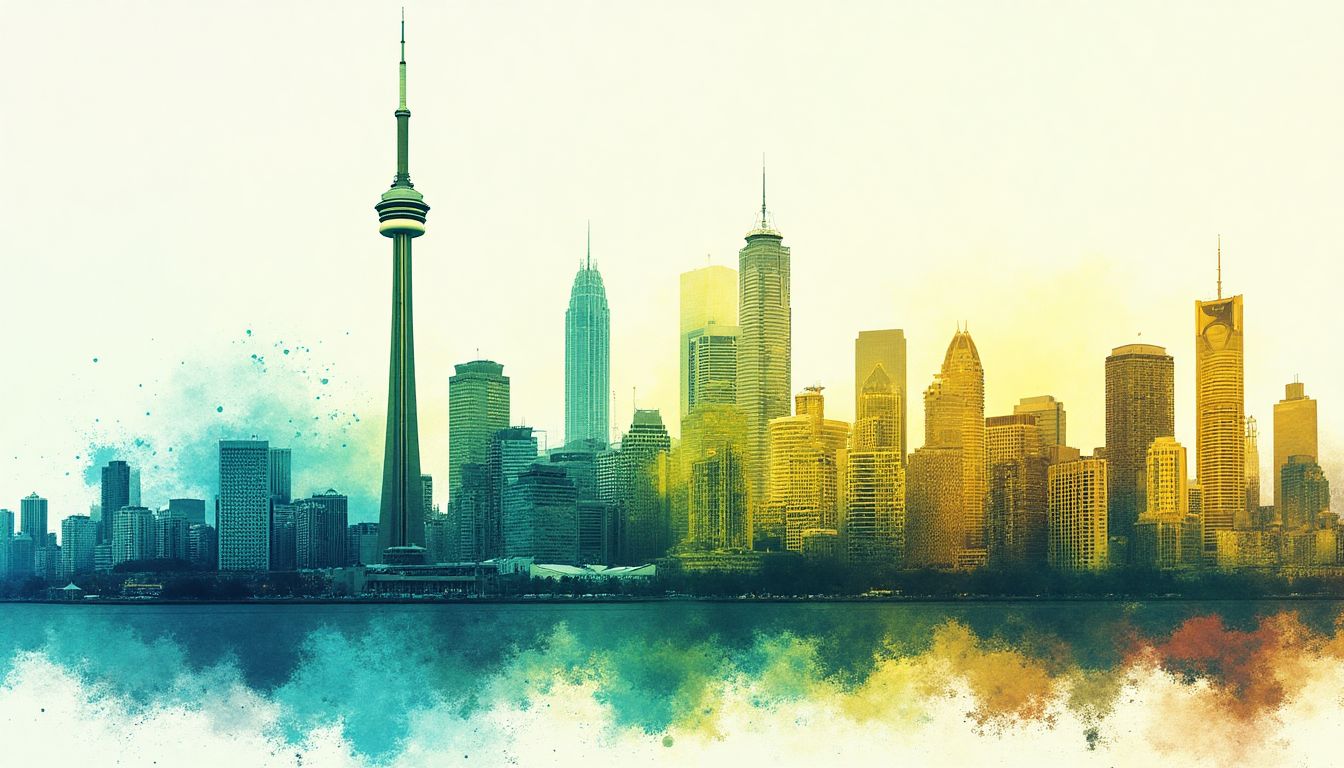
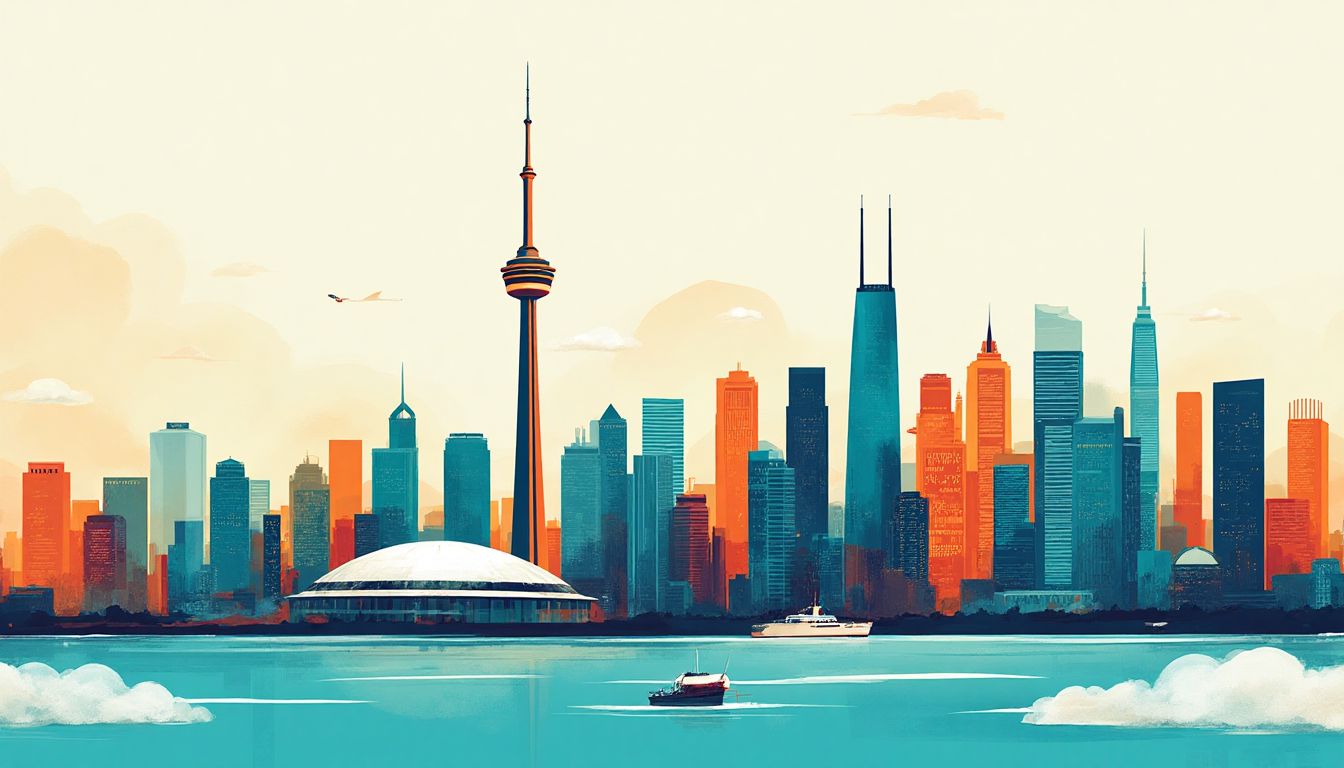

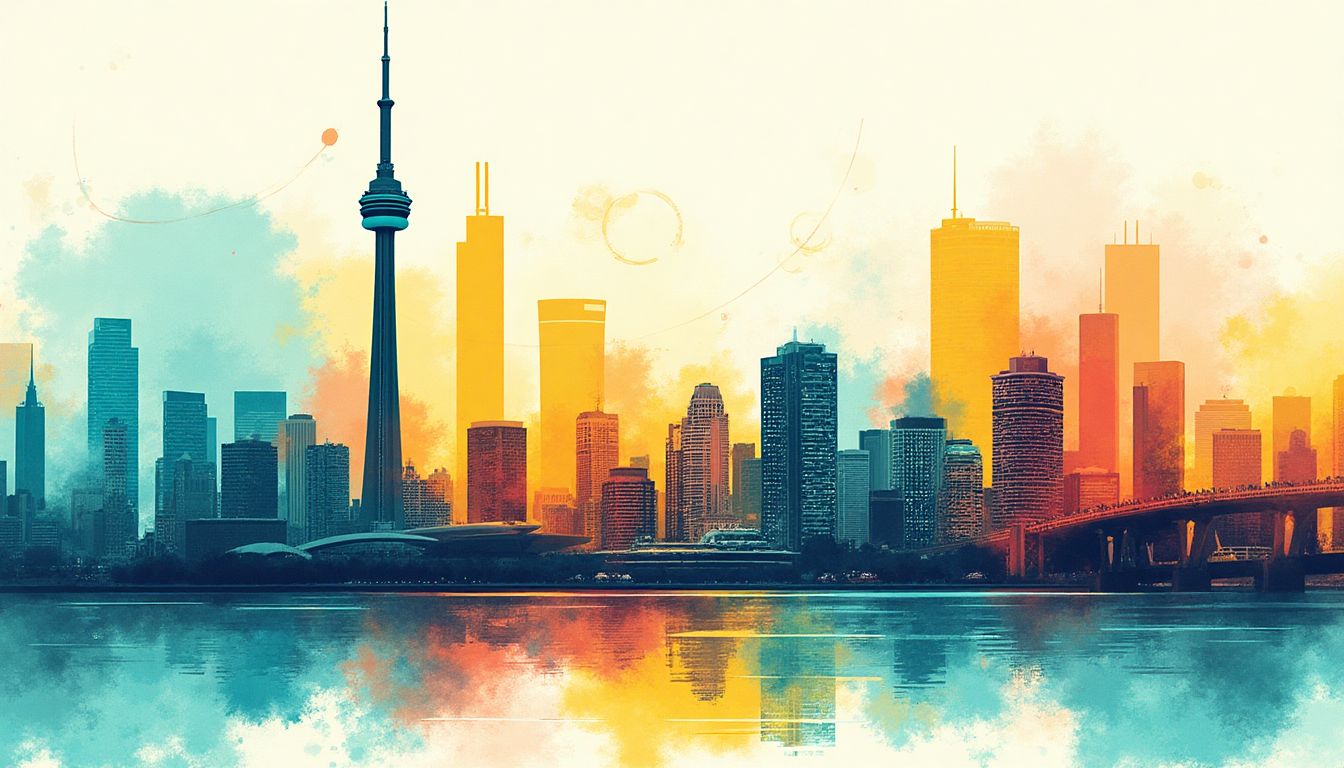

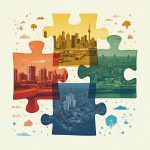


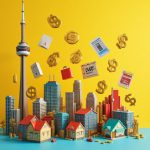



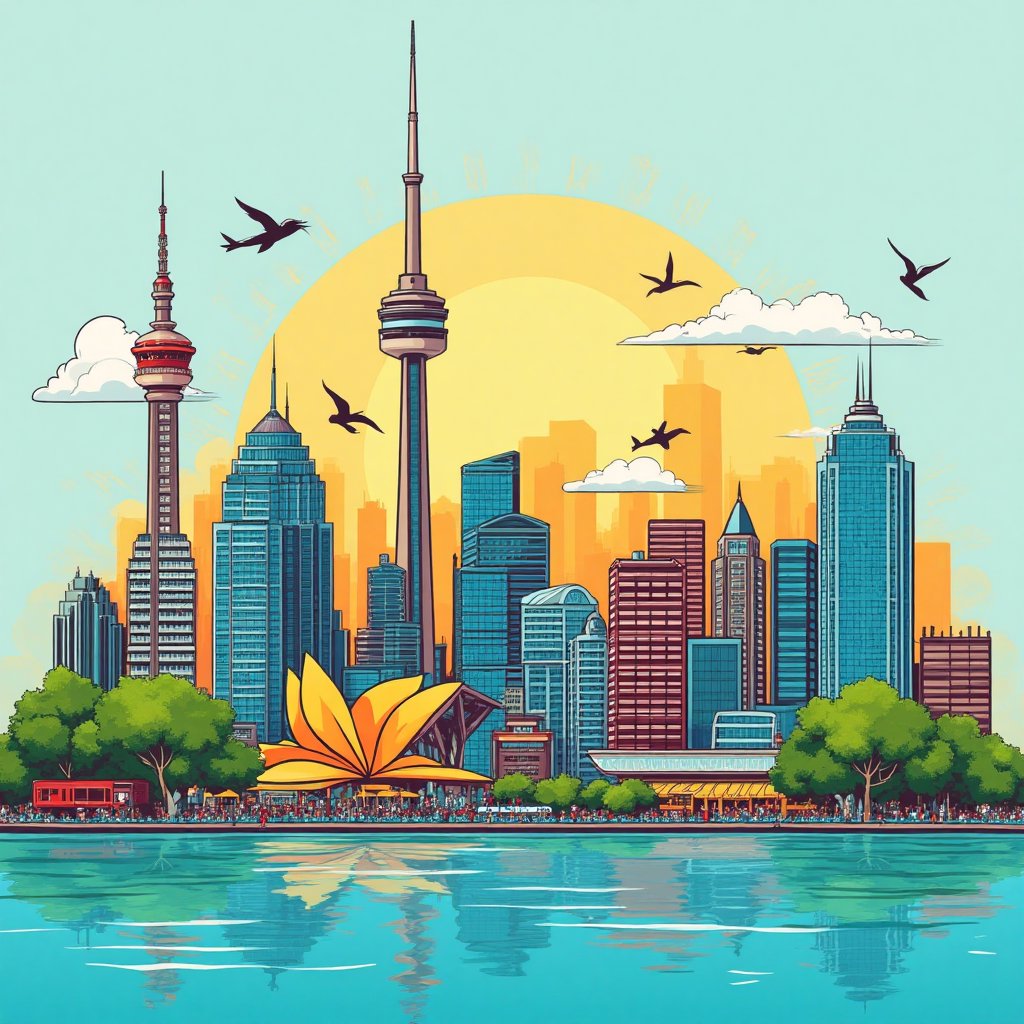















Post Comment
You must be logged in to post a comment.